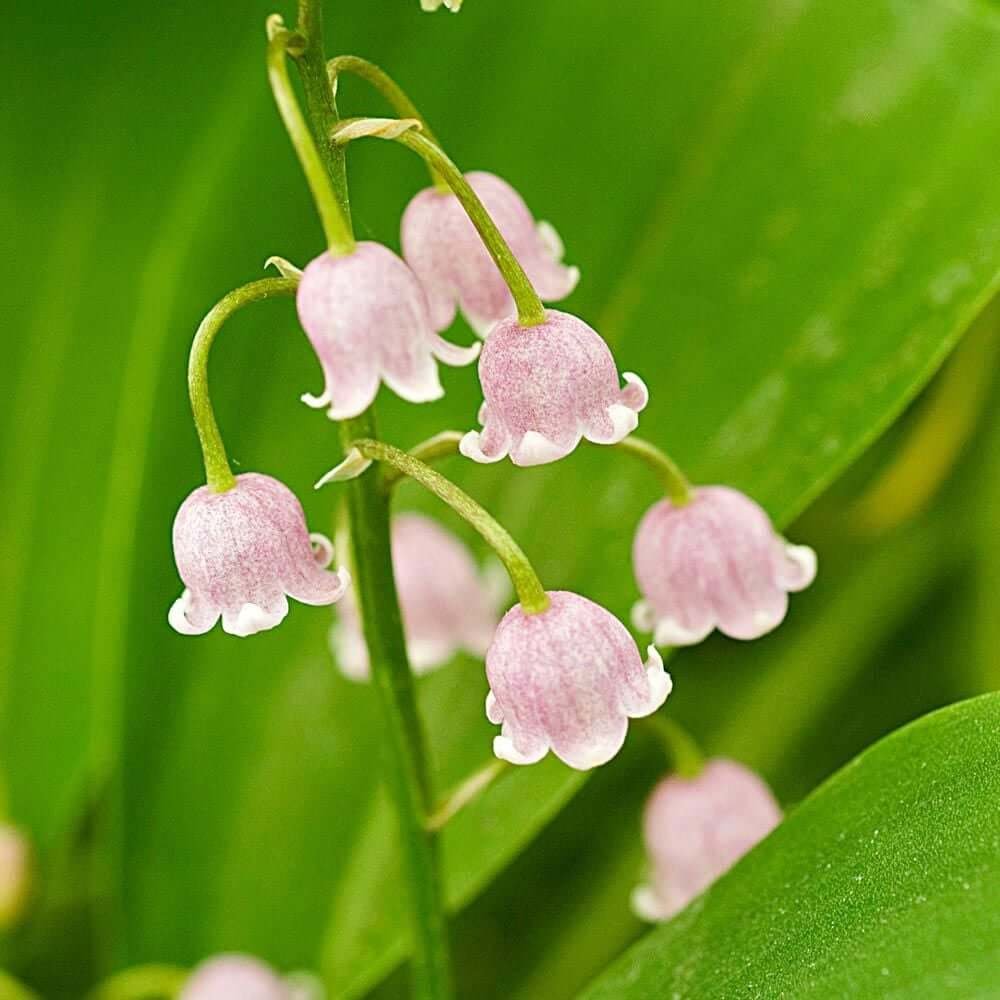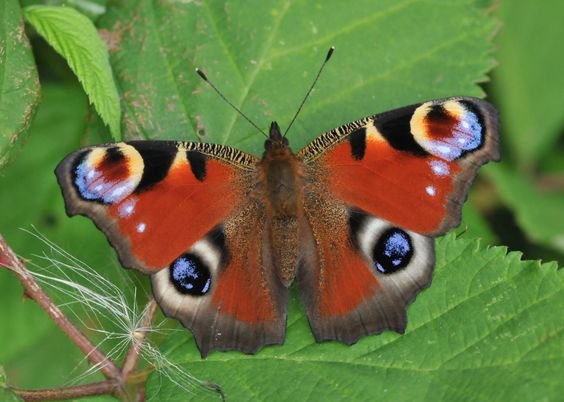Convallaria majalis, or “lily of the valley,” is a perennial herb that was originally from Europe but may now be found all over the world. Its cardiac and diuretic effects have made it a popular therapeutic choice for countless years.
Cardiac glycosides, saponins, and flavonoids are only some of the bioactive components found in the plant. Researchers have concluded that these chemical components provide the plant its therapeutic effects.
As a traditional remedy, lily-of-the-valley has long been relied on to cure heart problems like heart failure and arrhythmia. The plant’s cardiac glycosides have been shown to enhance blood flow to the heart, strengthen heart muscle, and even aid control the heart’s rhythm.
As a diuretic, the plant has been used to flush the system of excess water by stimulating urination. Edema and high blood pressure are two illnesses that may benefit from this method of treatment.

The lily-shaped flower, commonly known as “Lily of the Valley,” has been put to use for more than just therapeutic purposes throughout history. It has been utilised in perfumes and other smells, and serves as a symbol of love and innocence in many civilizations.
Lily of the Valley, on the other hand, is poisonous if consumed in big numbers. When ingested in large doses, the plant’s cardiac glycosides can cause sickness and possibly cardiac collapse. As such, it should be used only when prescribed by a doctor or other medical expert.
This has been utilized for centuries in herbal therapy. It was used to cure anything from heart diseases to mental disorders to headaches because of the widespread understanding that it has healing characteristics.
Active Ingredients and Pharmacology
Cardiac glycosides, saponins, flavonoids, and polysaccharides are only some of the bioactive chemicals found in lily of the valley. The cardiac glycosides included in the plant are what give it its therapeutic effects.
This white flower contains cardiac glycosides with a structure comparable to that of human hormones that control heart function. These cardiac glycosides include convallatoxin, convallarin, and convalloside. These chemicals are effective because they elevate intracellular calcium by blocking the sodium-potassium ATPase pump in cardiac muscle cells. This results in better blood flow, a more regular heartbeat, and greater contractility of the heart muscle.
In addition to helping with heart health, the saponin in lily-of-the-valley makes it an effective diuretic. Saponins promote urination, which might be helpful for those with edoema or hypertension because it helps the body get rid of excess fluid.
Lily of the Valley contains flavonoids and polysaccharides that have antioxidant and maybe anti-inflammatory effects. Little is known about their function in the plant’s pharmacology as a whole compared to the cardiac glycosides and saponins.
Heart failure, arrhythmias, high blood pressure, and edoema are only few of the ailments for which lily of the valley has been used traditionally in medicine. It has a low hazardous dose and is well tolerated by most people. Its use is restricted to when prescribed by a doctor or other medical expert.
Health Benefits of Lily of the Valley
1. Cardiovascular disease treatment
This flower contains cardiac glycosides that have been demonstrated to improve heart function, regulate heart rhythm, and increase blood flow, making it a promising candidate for the treatment of heart disease and other cardiovascular disorders. Because of this, it may be used to treat conditions like as heart failure, arrhythmias, and high blood pressure.
2. In Anxiety/depression management
Lily of the Valley has a long history of use as an alternative treatment for mental health conditions such as anxiety and depression. The calming properties of the plant might make it easier to unwind and cope with stressful situations.
3. Relief of menstrual cramps and other gynecological issues
In traditional medicine, lily of the valley is used to alleviate menstruation cramps and other gynaecological discomforts. As a diuretic, the herb could aid with fluid retention and PMS symptoms.
4. Reduction of inflammation and pain
This flower also contains flavonoids and polysaccharides with antioxidant and anti-inflammatory characteristics that may help in the reduction of pain and inflammation.
5. Other potential health benefits
Traditional uses for lily-of-the-valley include treating epilepsy, migraines, and neurological problems. It’s possible that it can kill bacteria and viruses, too.

Safety and Precautions
When used properly, lily-of-the-valley doesn’t pose any health risks, but huge doses can be poisonous. In large enough doses, the plant’s cardiac glycosides can cause vomiting, nausea, and even cardiac collapse. Always take Lily of the Valley with caution and strictly adhere to the recommended dosage.
Some of the potential side effects associated with this flower use include:
- Nausea and vomiting
- Abdominal pain and cramping
- Diarrhea
- Headaches
- Dizziness
- Irregular heartbeat
- Low blood pressure
- Convulsions
Women who are pregnant or nursing should avoid using this since the plant contains cardiac glycosides, which can be detrimental to an unborn child or a nursing infant. Those who already have heart problems should stay away from this plant as well because of its cardiac effects, which can make things worse.
To use this flower safely and appropriately, it is recommended that you:
- Consult with a qualified healthcare professional before using the plant
- Follow dosage instructions carefully
- Only use this preparations from reputable sources
- Avoid using the plant if you have a pre-existing heart condition, are pregnant, or are breastfeeding
- Stop using the plant and seek medical attention if you experience any adverse reactions
- “Convallaria majalis L. – Lily of the Valley: A Review of Its Ethnomedicinal, Phytochemical, Pharmacological, and Toxicological Data.” Frontiers in Pharmacology, 2017. https://www.ncbi.nlm.nih.gov/pmc/articles/PMC5308581/
- “Lily of the Valley.” National Center for Complementary and Integrative Health. https://www.nccih.nih.gov/health/lily-of-the-valley
- “Convallaria majalis.” American Botanical Council. https://www.herbalgram.org/resources/herbalgram/plant-materiamedica-entry/convallaria-majalis/
- “Lily of the Valley (Convallaria majalis).” Poison Control. https://www.poison.org/articles/lily-of-the-valley-plant-173
- “Convallaria majalis.” Drugs.com. https://www.drugs.com/npp/lily-of-the-valley.html







